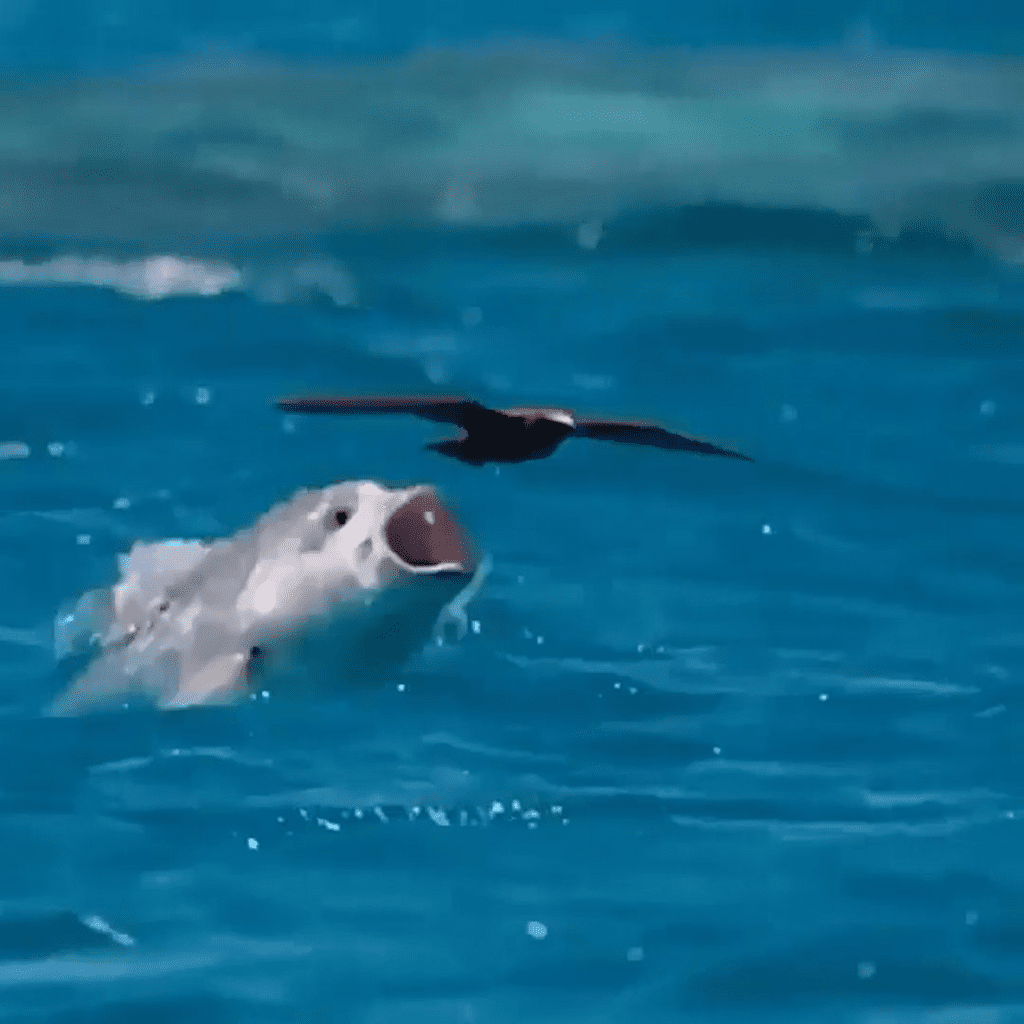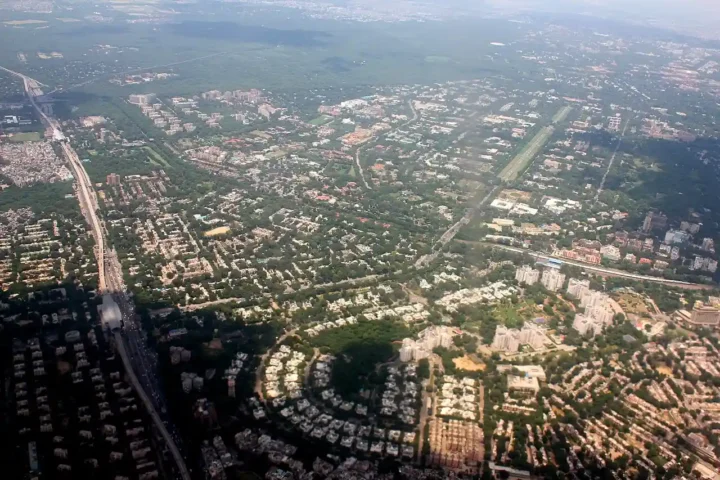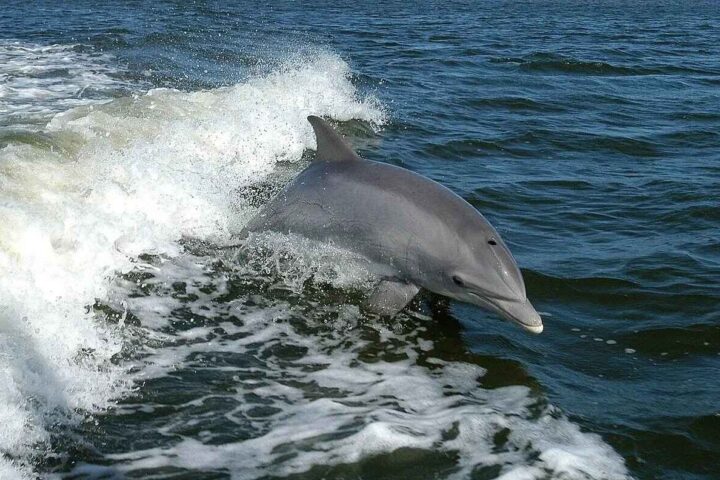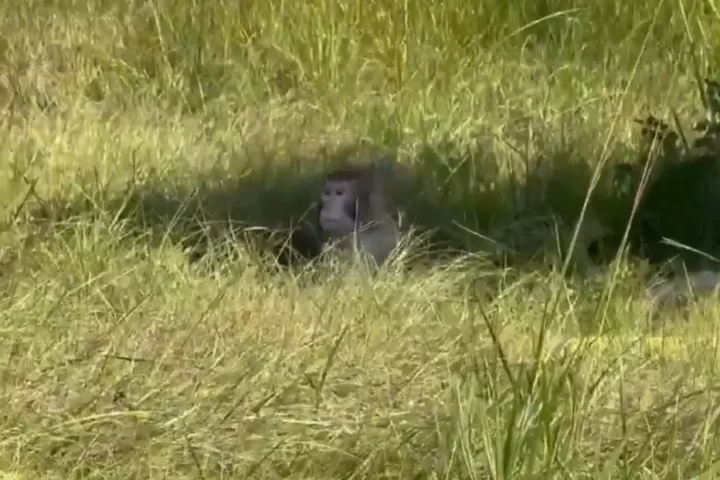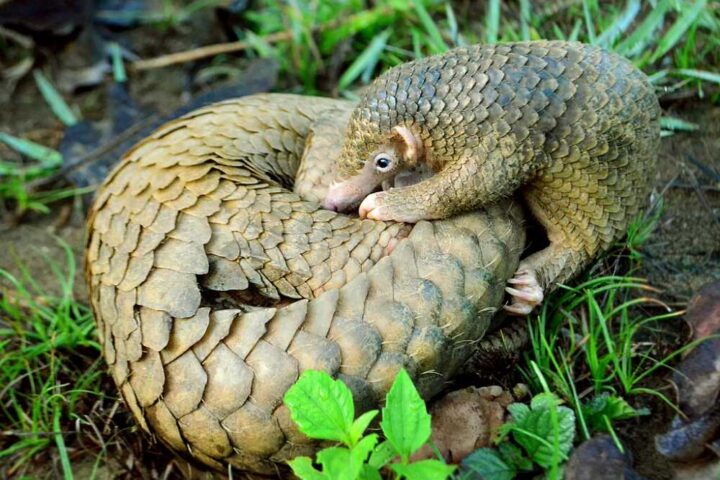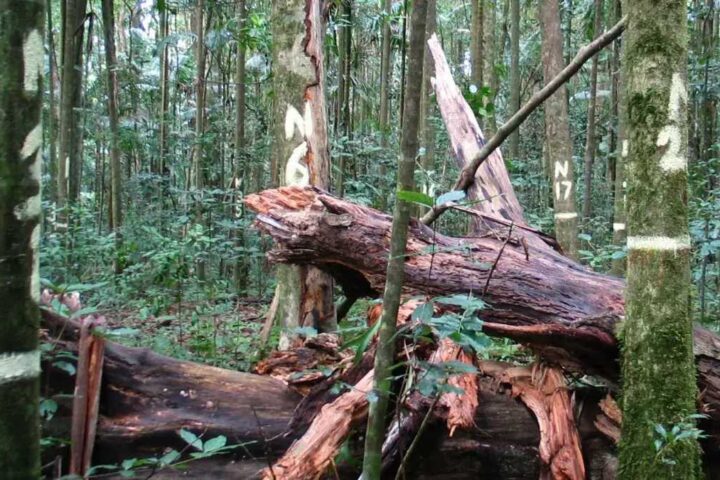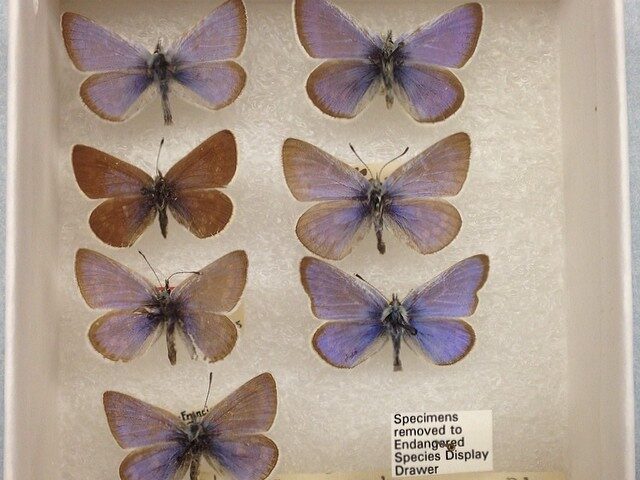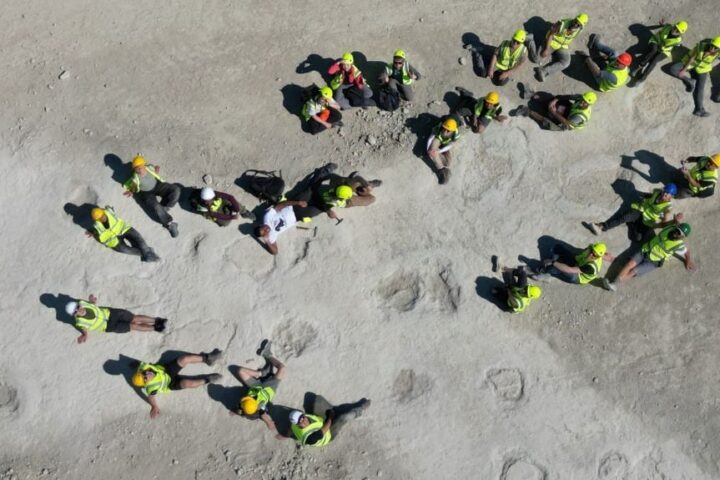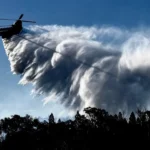Proving the incriminating effects of rising temperature on nature, The Great Barrier Reef has yet again undergone mass bleaching, raising concerns over climate change and its consequences on nature as well as the tourism industry.
Extending for over 2000km, the Great barrier reef is a complex habitat of coral reefs, shoals, and islets in the Pacific Ocean off the northeastern coast of Australia being the longest and largest reef complex in the world. Of 2,100 individual reefs and some 800 fringing reefs, 750 reefs were examined aerially, to confirm the 6th widespread occurrence of the mass bleaching event since 1998.
“This assessment of bleaching at multiple reefs in all four management areas confirms a mass coral bleaching event on the reef, the fourth since 2016, and despite La Niña conditions over this summer,” said the chief scientist for the Australian government’s Great Barrier Reef Marine Park Authority, David Wachenfeld.
The El Niño Southern Oscillation’s cooler phase, La Niña, occurs when associated atmospheric and ocean circulation patterns in the tropical Pacific change global climate. According to the Bureau of Meteorology in Australia, La Niña conditions usually bring more rain and cooler temperatures to the reef.
Bleaching is induced by sea surface temperatures that are consistently higher than average (SSTs). Corals have a symbiotic association with photosynthetic algae called zooxanthellae, which give nourishment as well as the coral polyps’ vibrant hues. Heat stress causes the corals to evacuate their zooxanthellae, resulting in “bleached” skeletal structures.
The fact that this bleaching incident occurred in the same year as a La Niña weather phenomenon raises significant concerns about the potential consequences of the next El Niño.
According to NOAA Coral Reef Watch, the most current episode of warming began in December 2021, when SSTs began to rise in the seas off Queensland. Water temperatures soared in early March 2022 and stayed high for many weeks, resulting in a marine heatwave.
Bleaching mirrored the pattern of heat stress detected in satellite photos, according to the aerial surveys. In all four management areas (the Far Northern, Cairns–Cooktown, Townsville–Whitsunday, and Mackay–Capricorn), bleaching damaged both inshore and offshore reefs but was most severe in the northern and central regions.
“As always, I want to emphasize that bleached coral is stressed but still alive,” said Wachenfeld. “If the water temperature decreases, bleached corals can recover from this stress. It is important to remember that we had a mass bleaching event in 2020 but there was very low coral mortality.”

